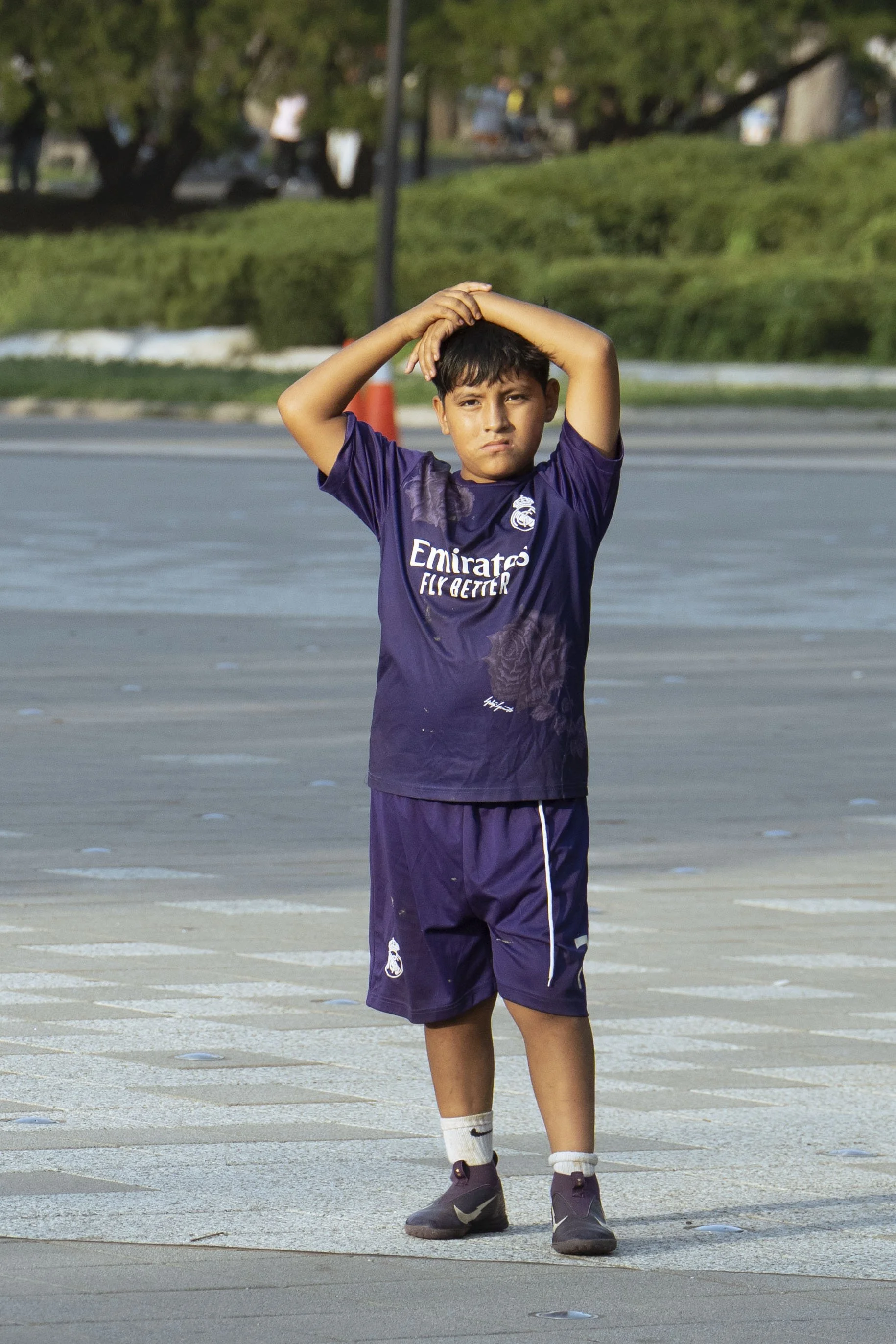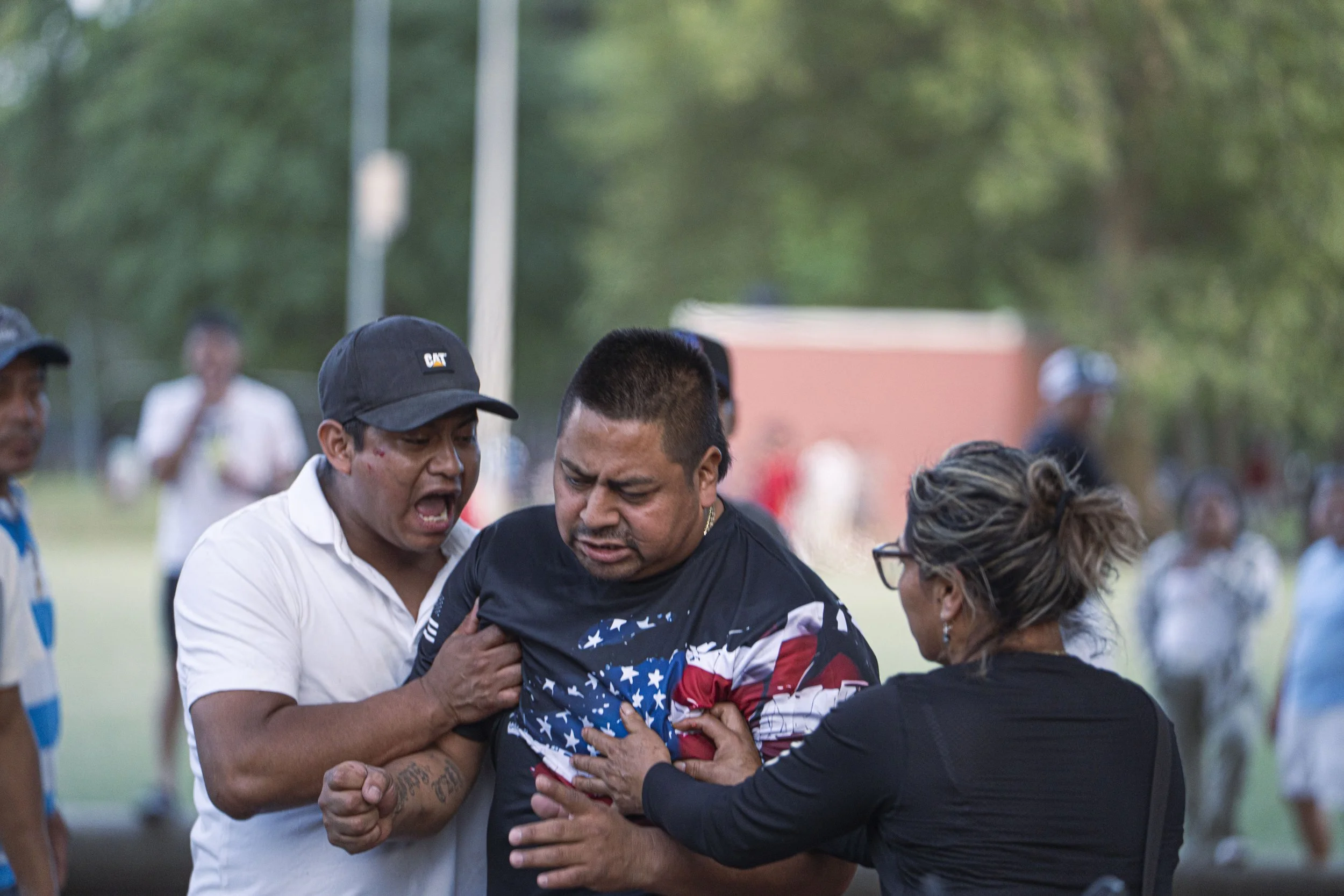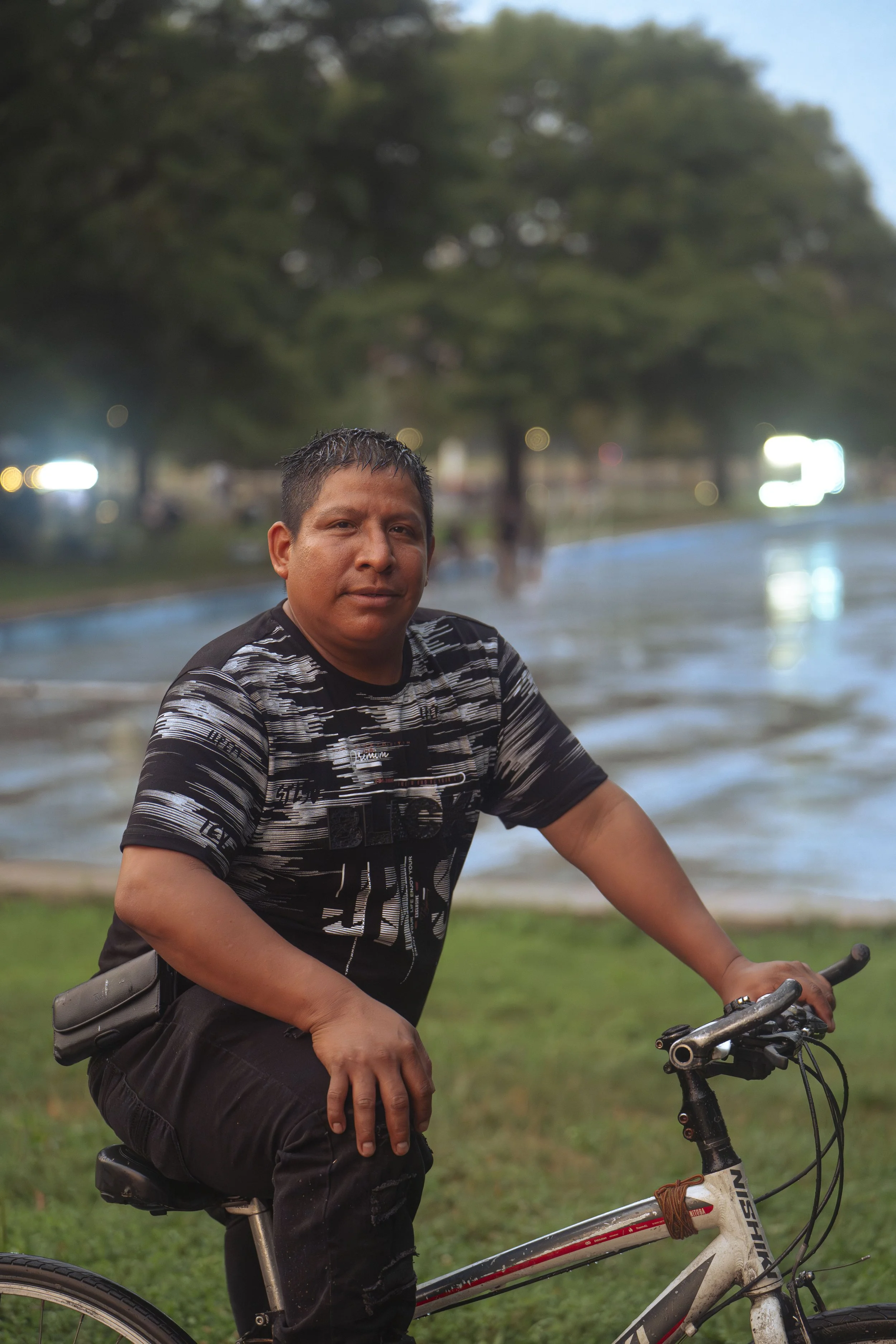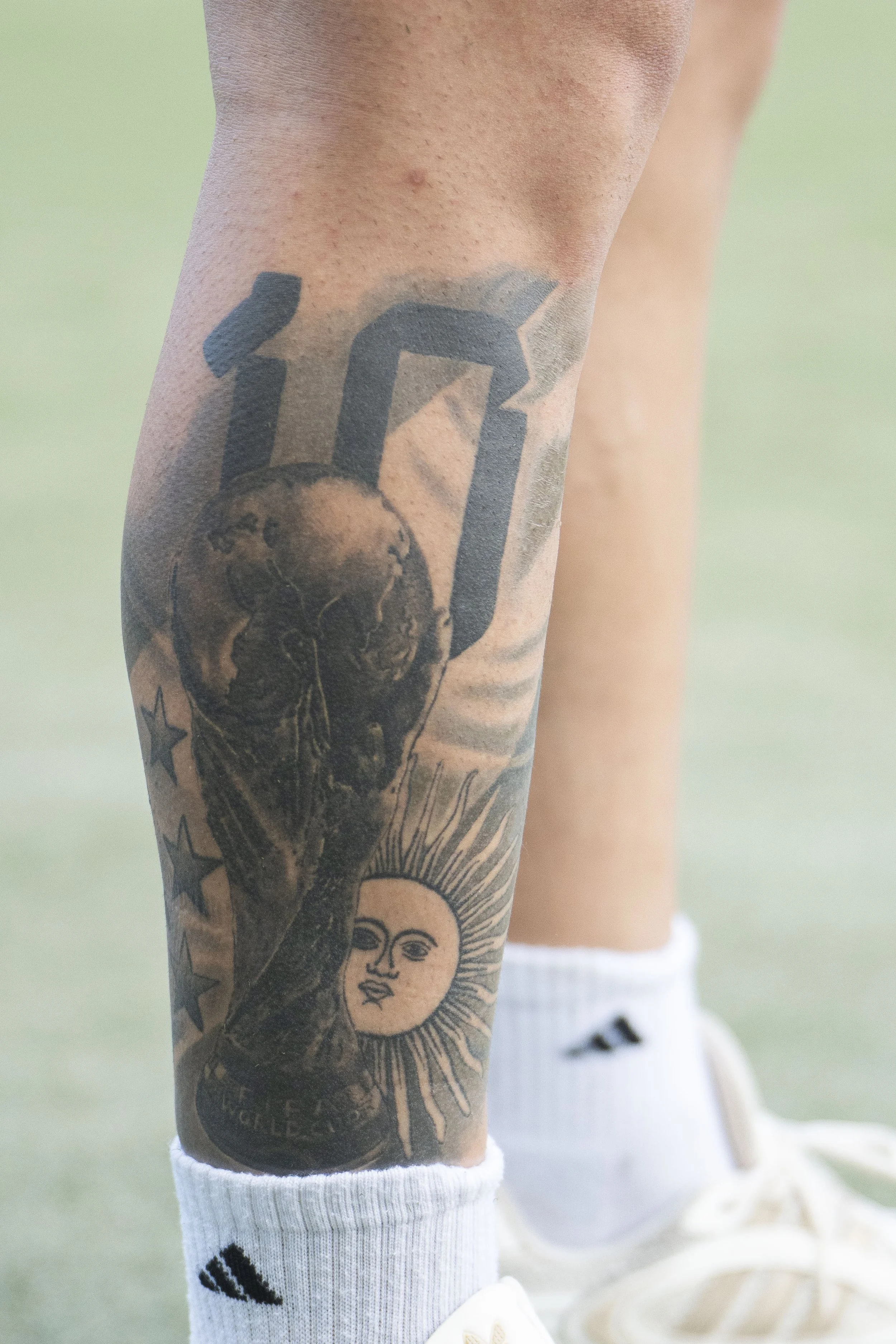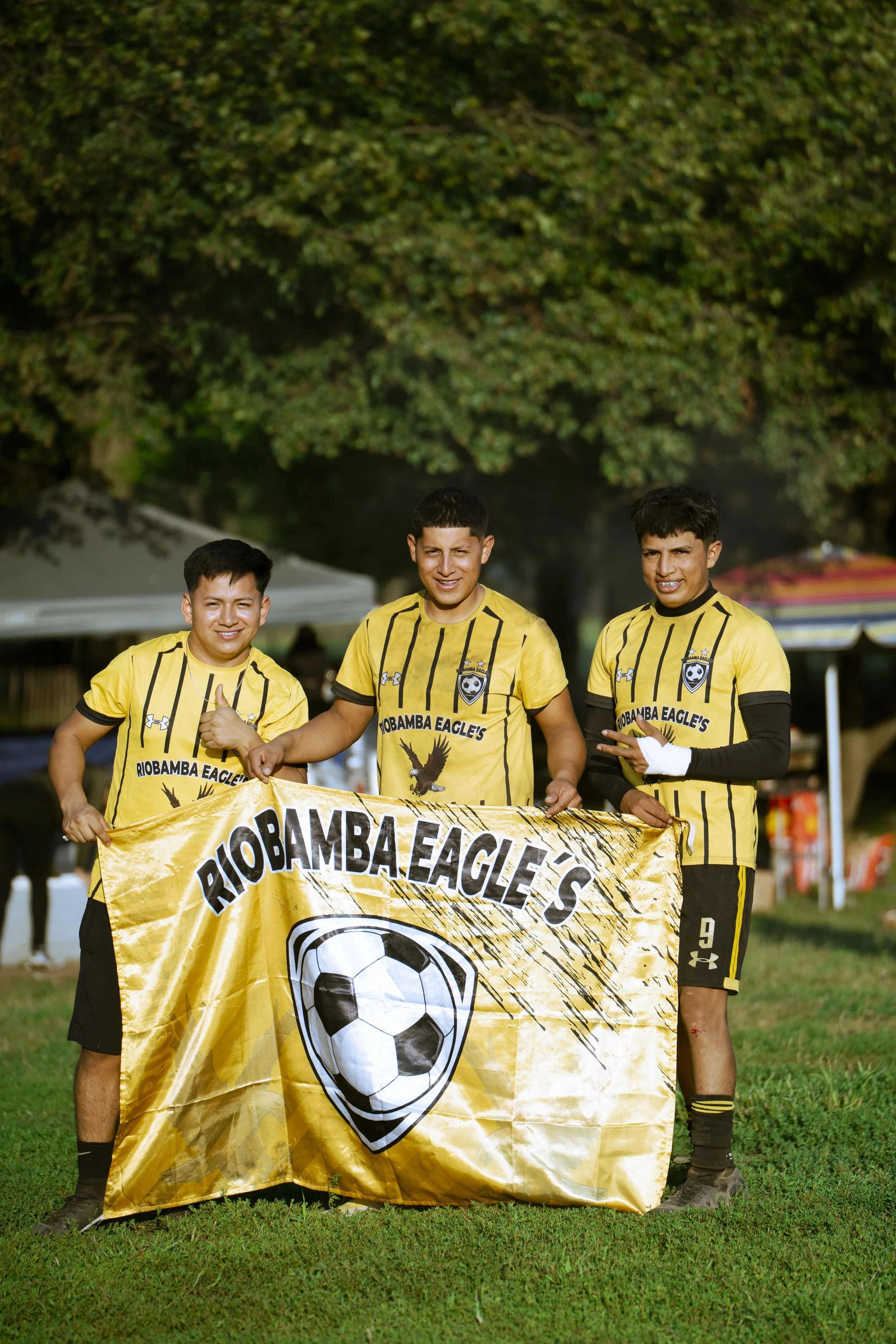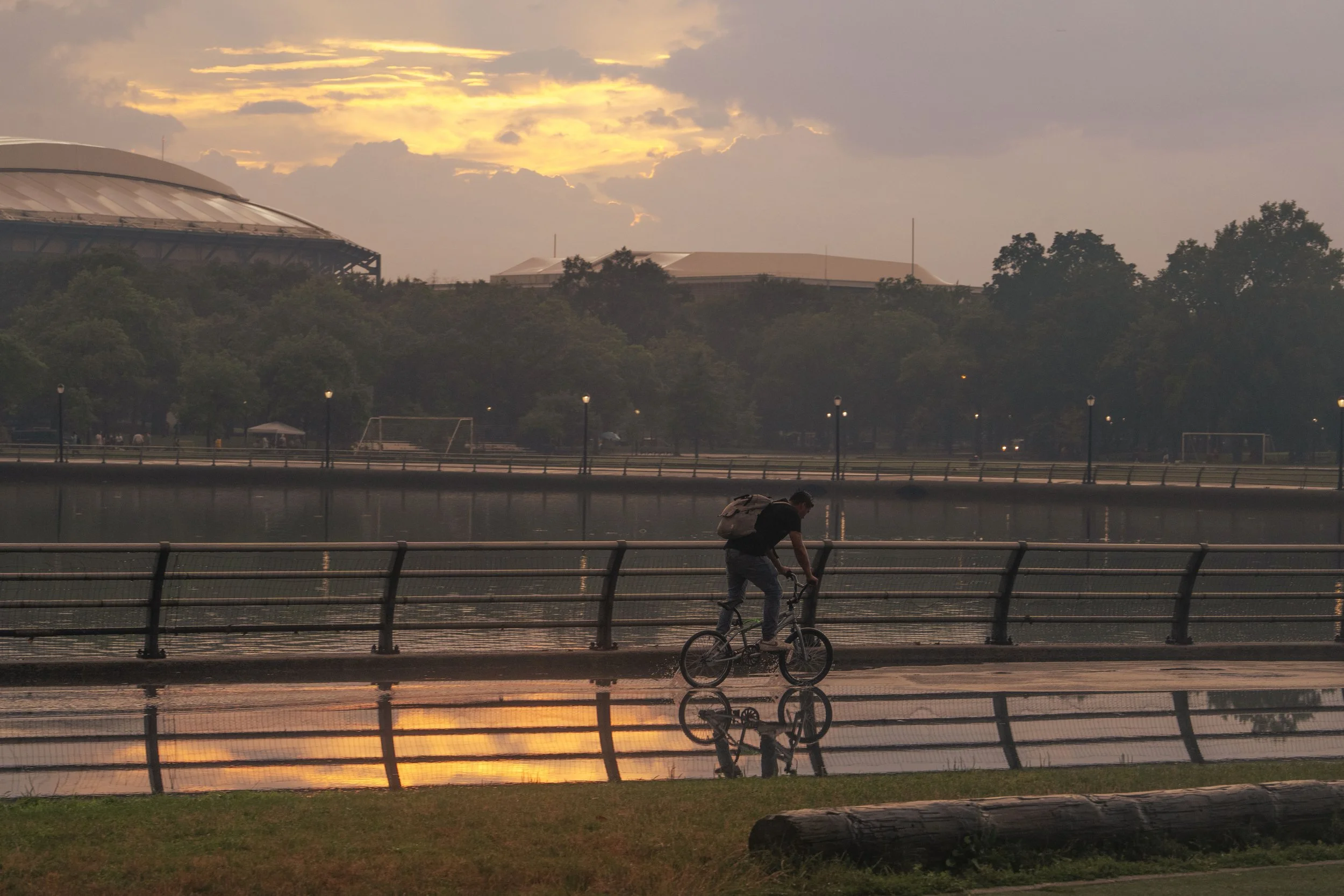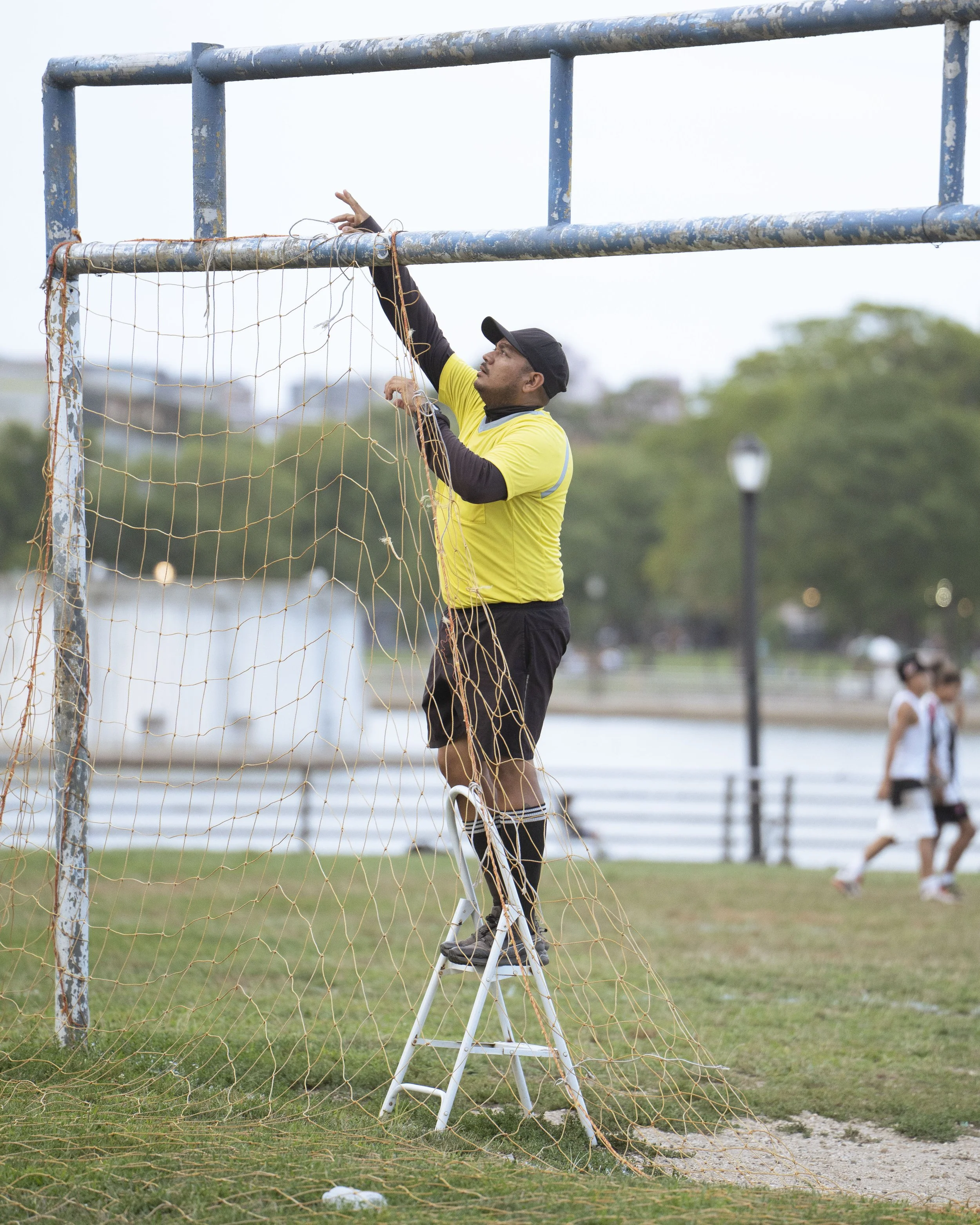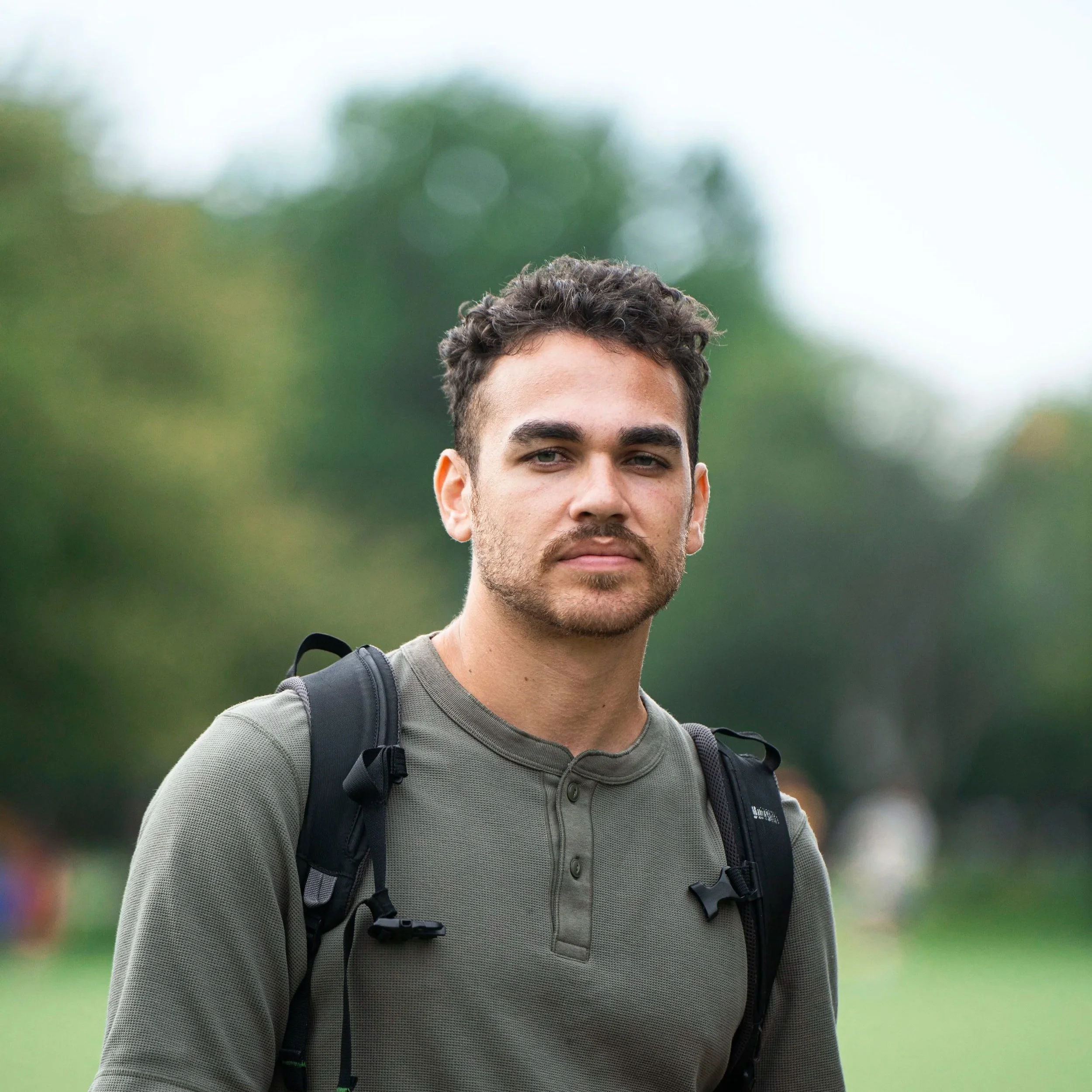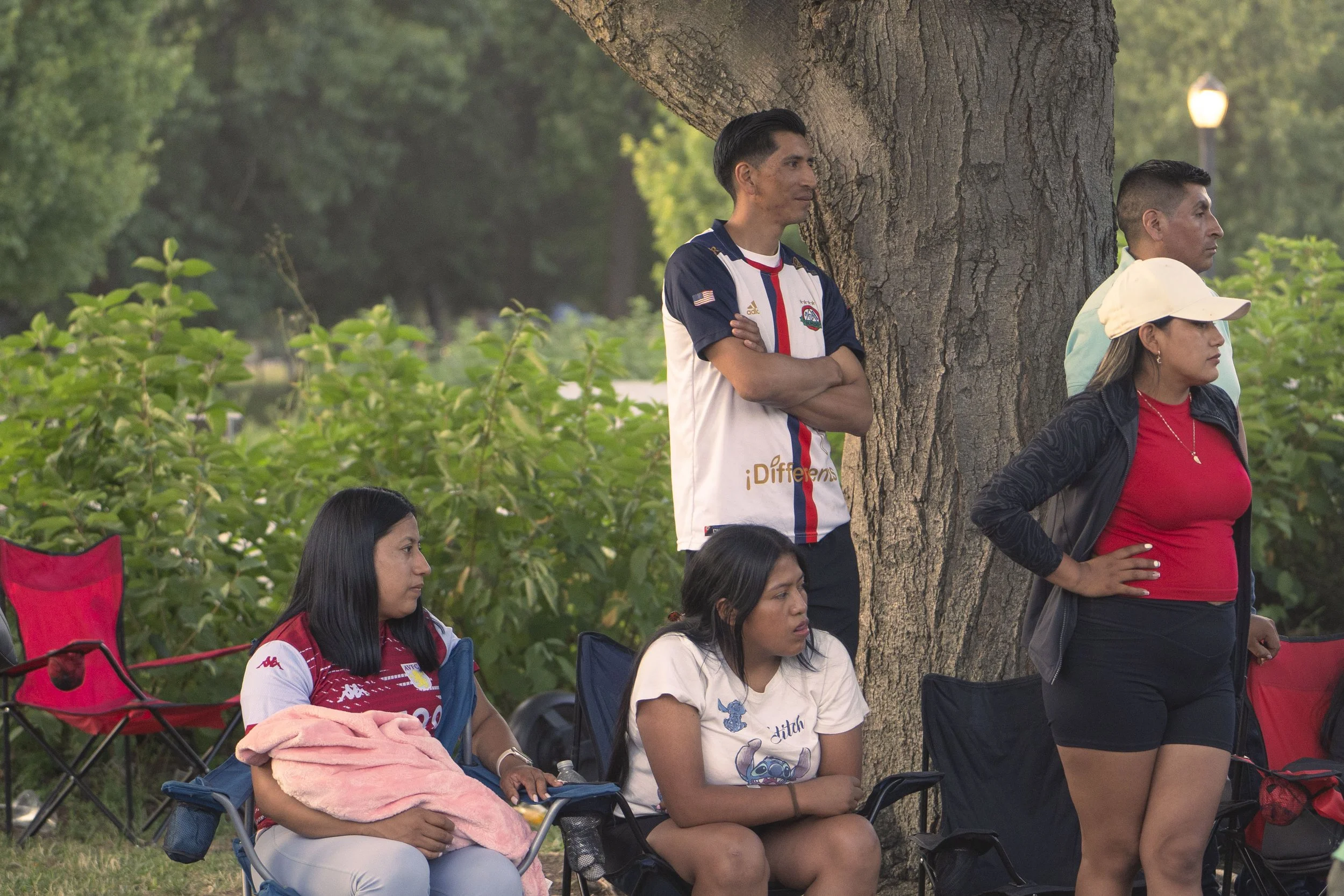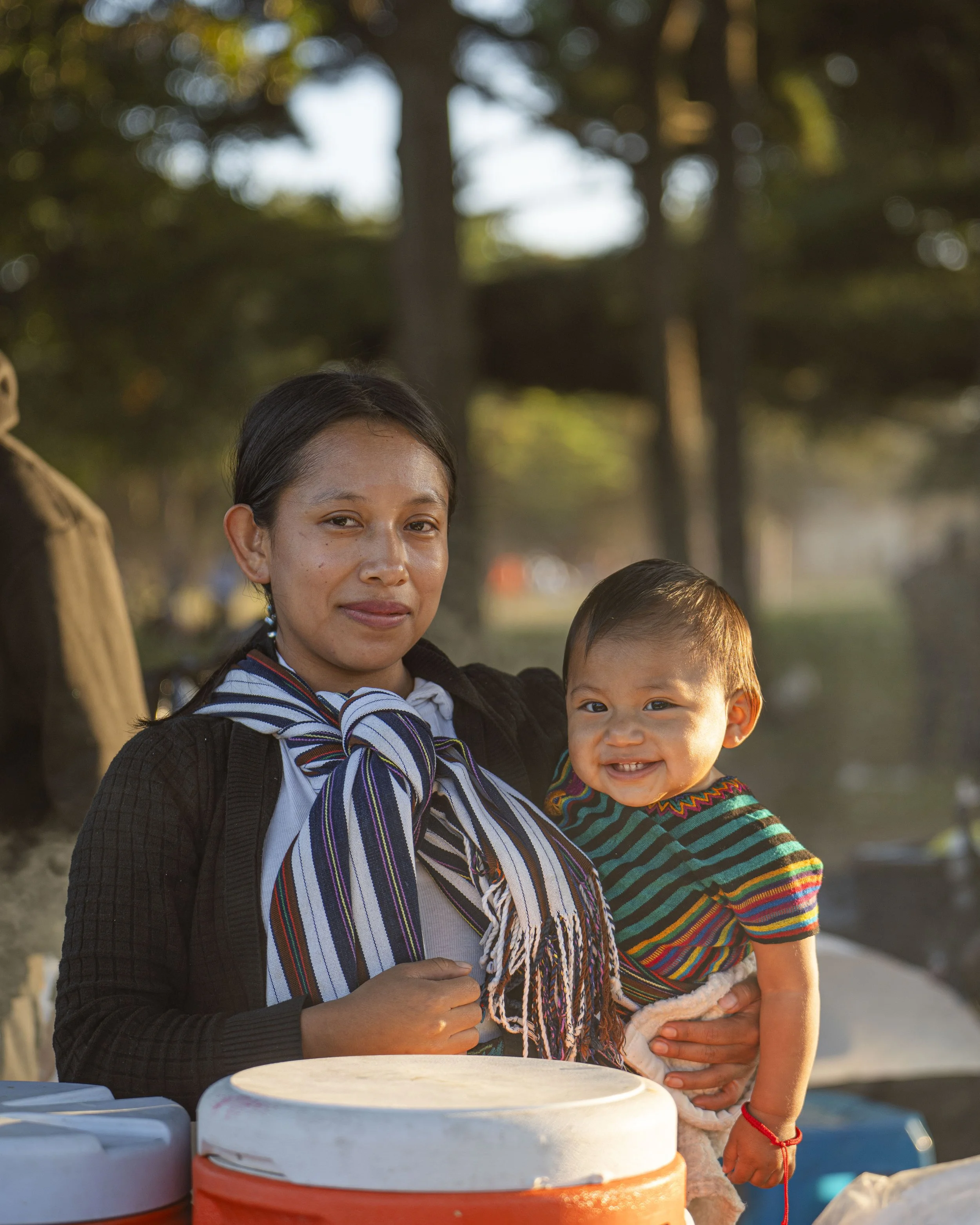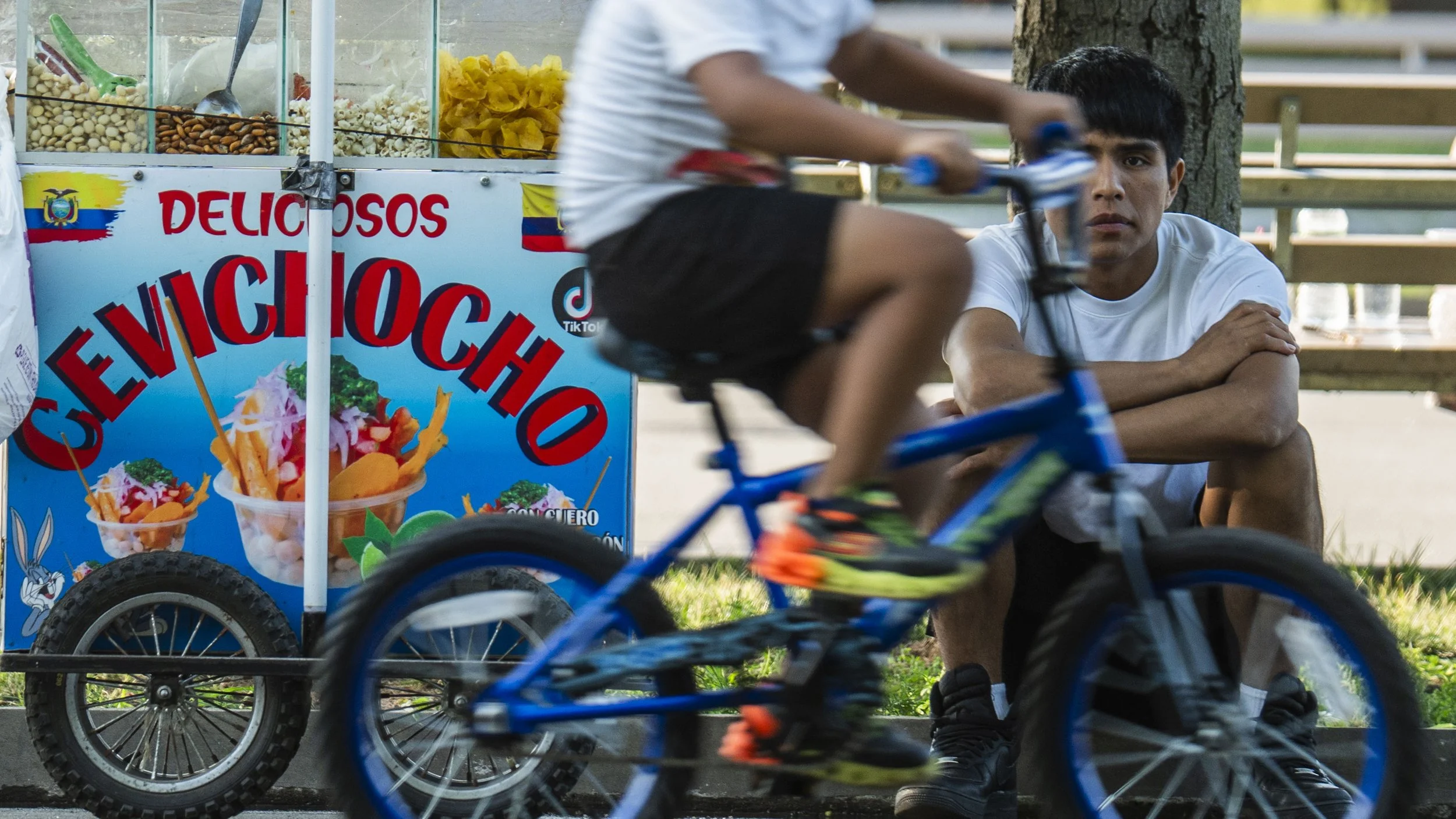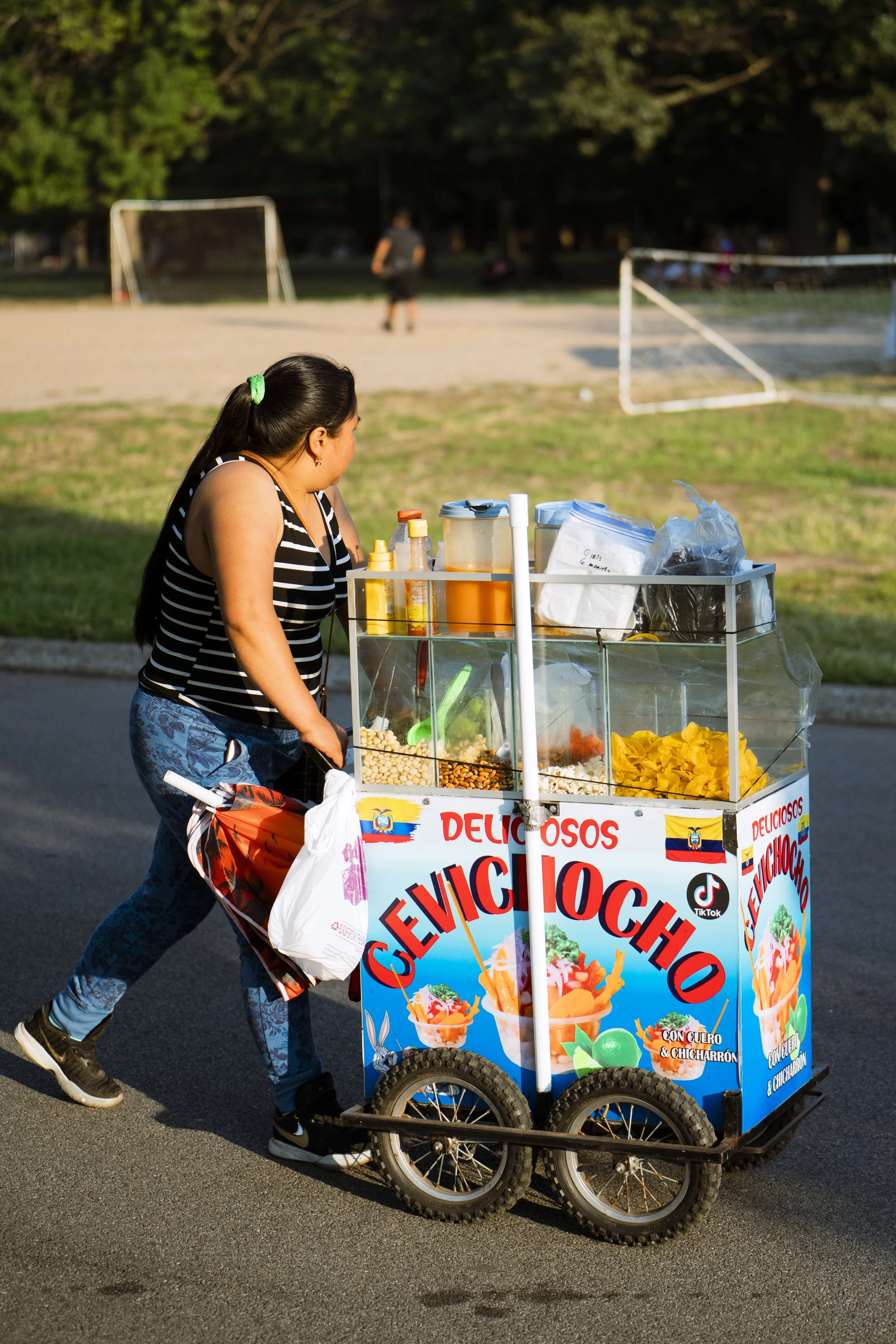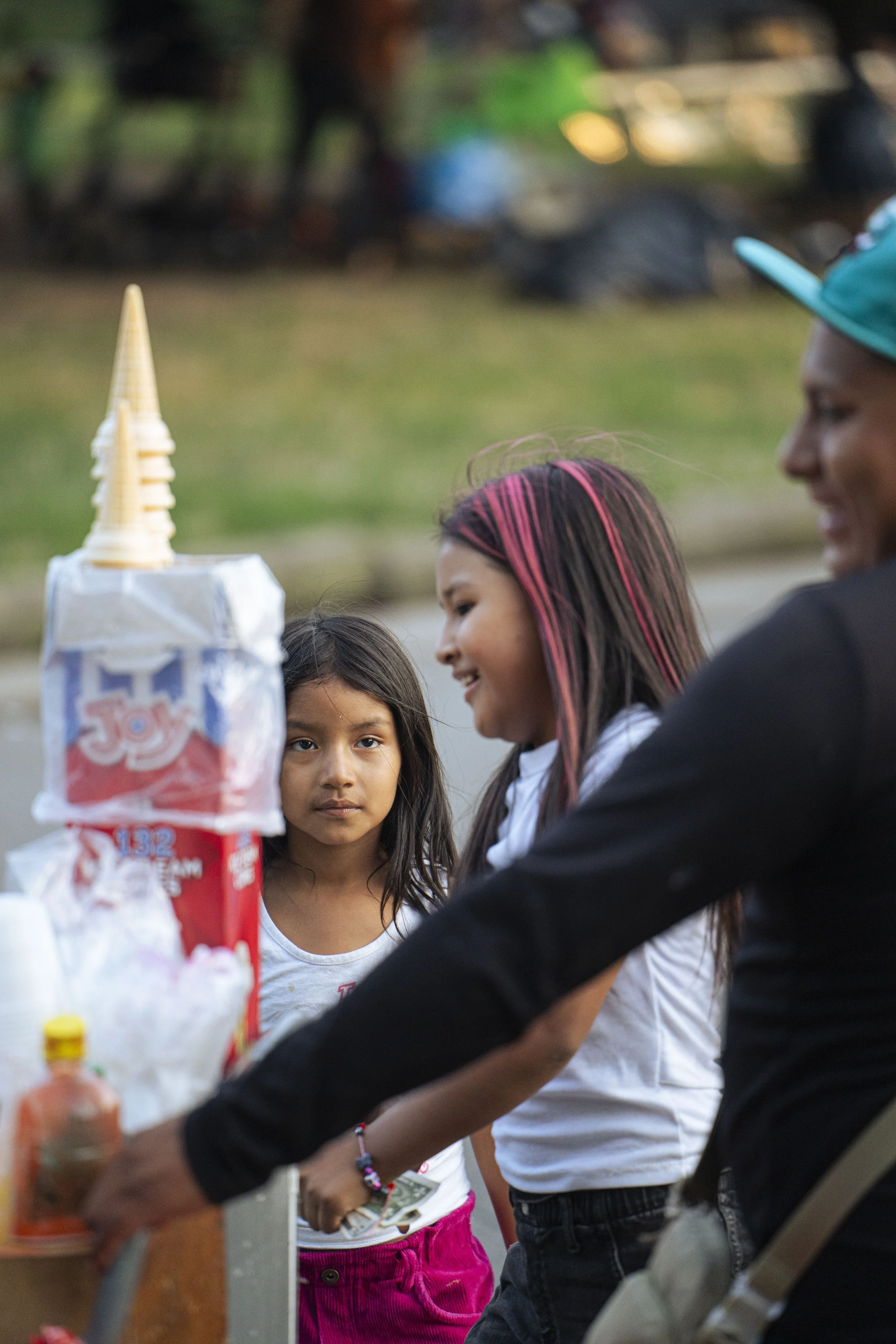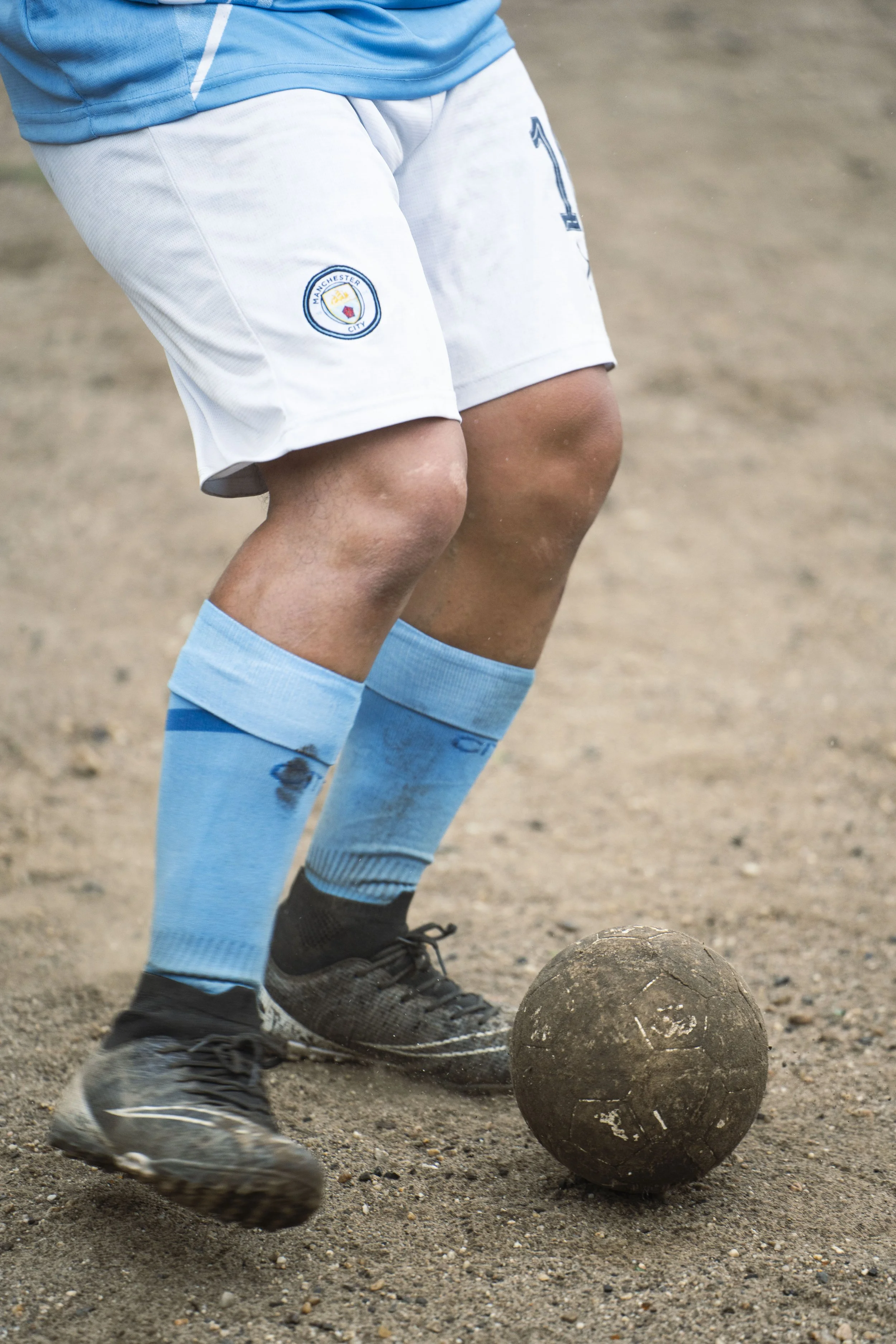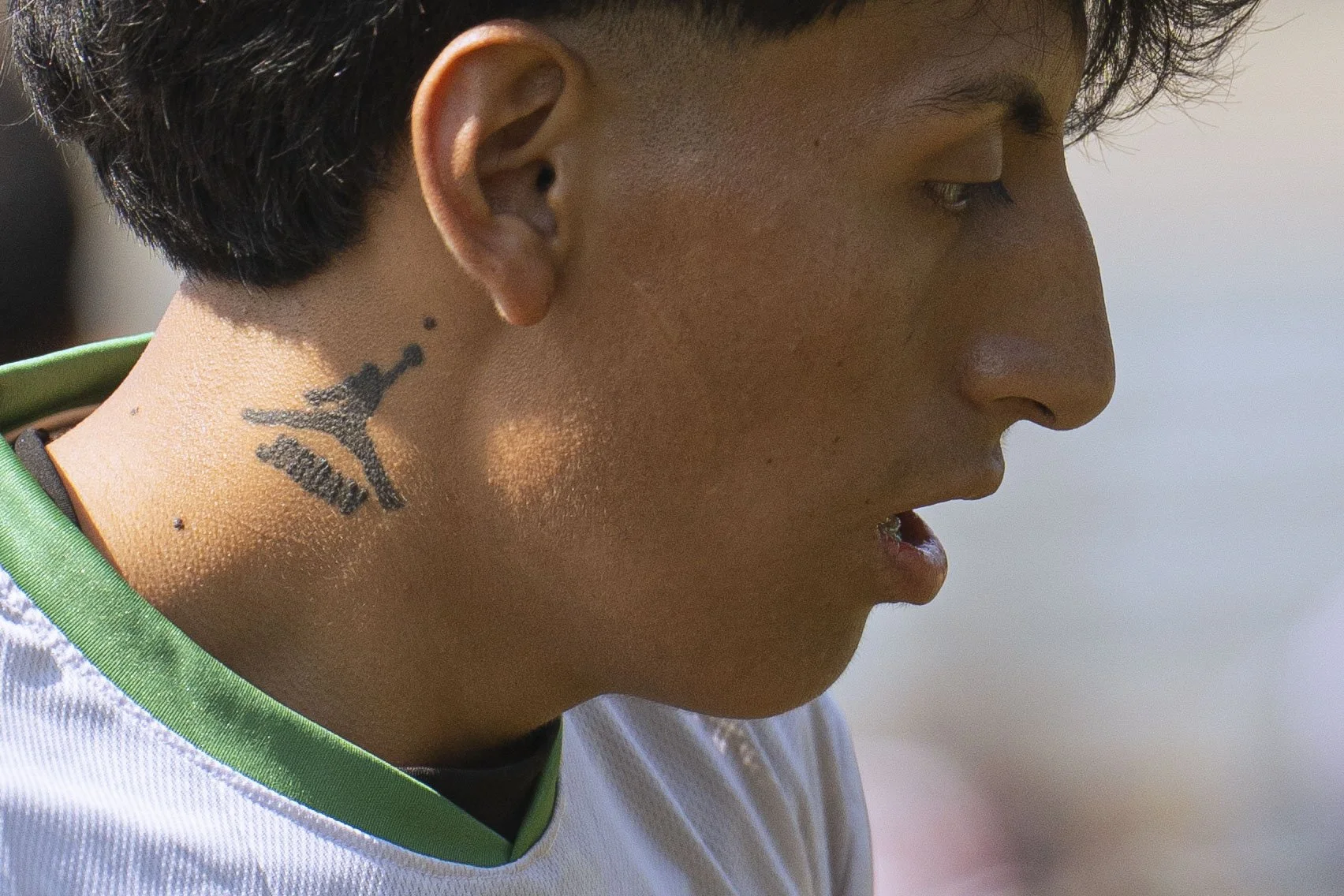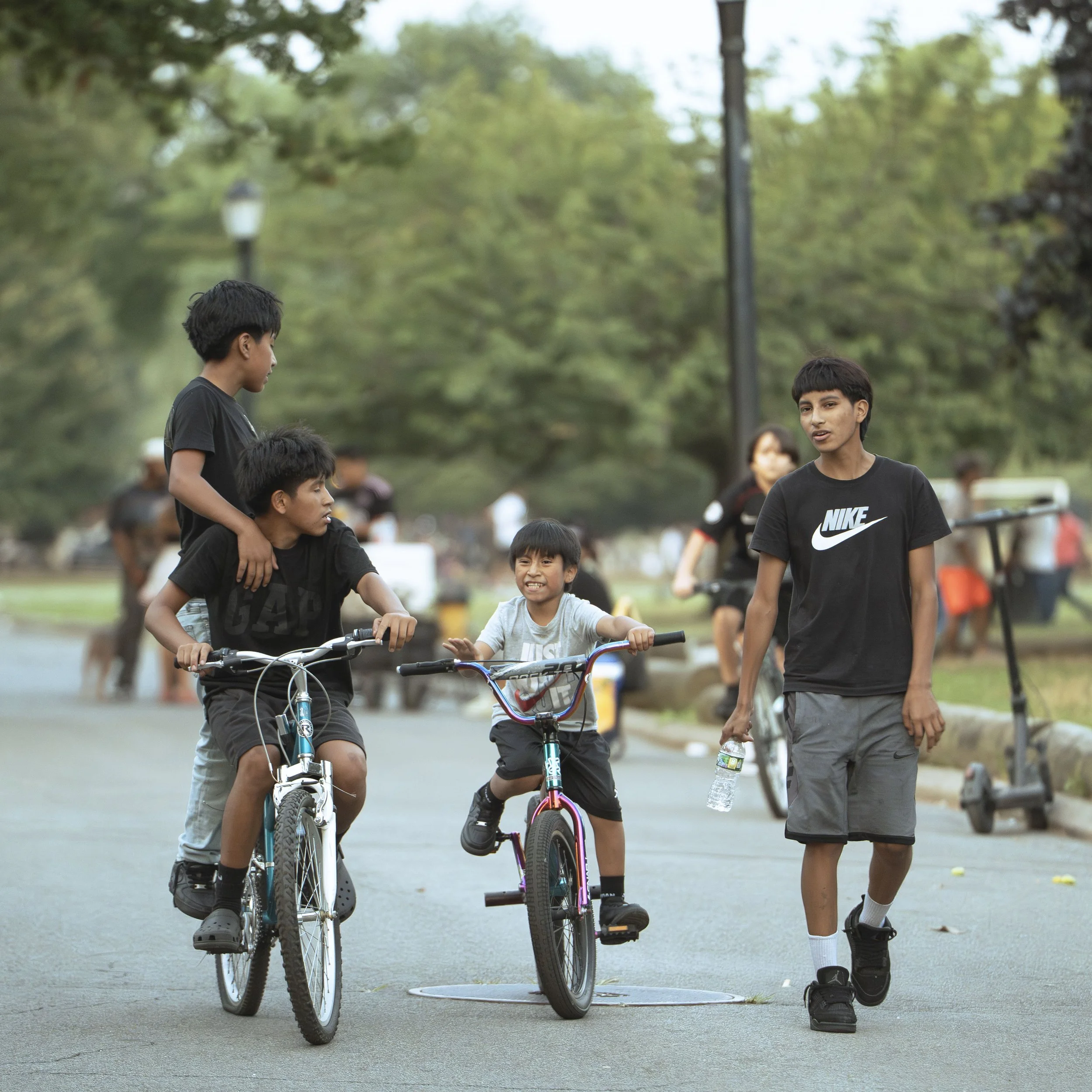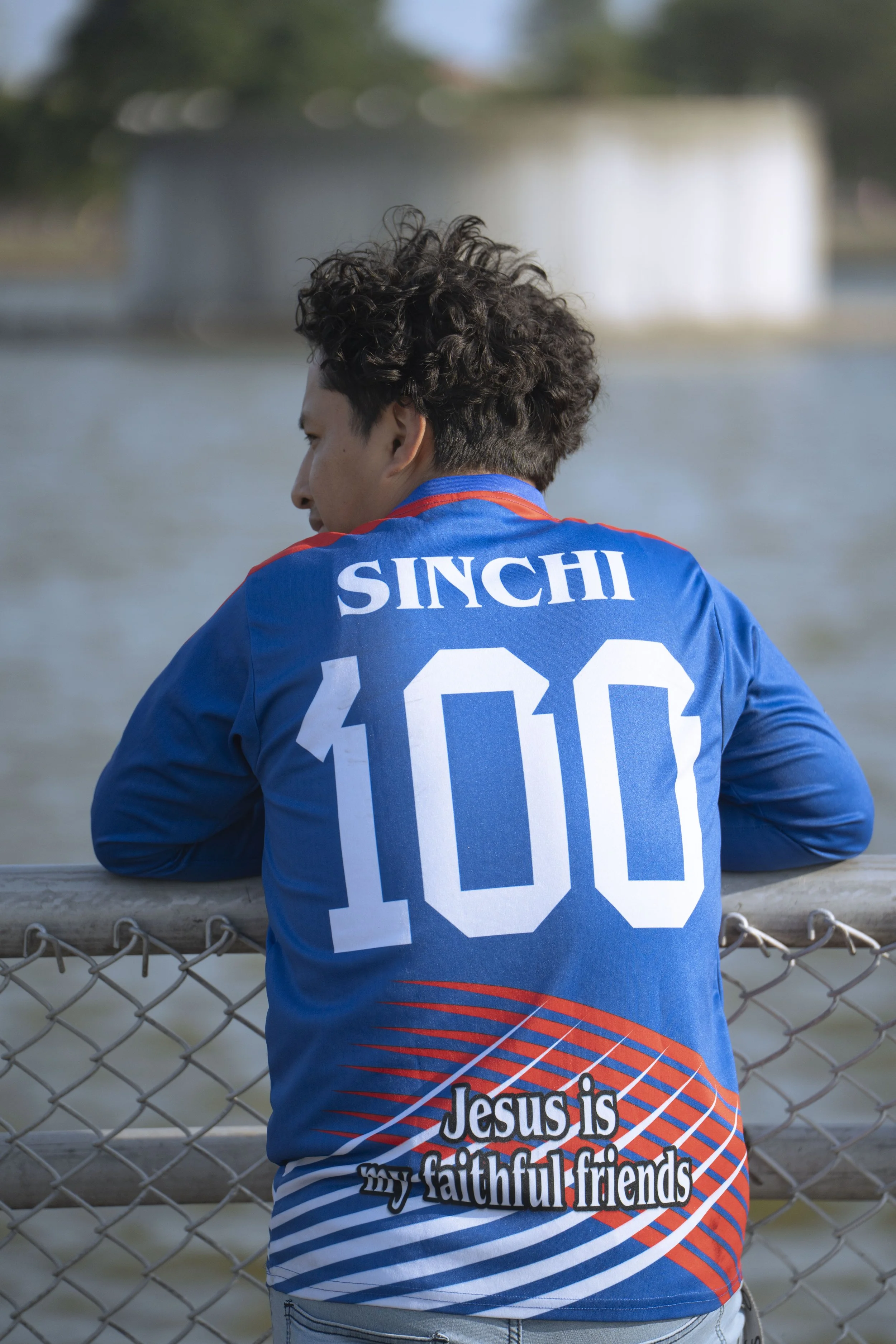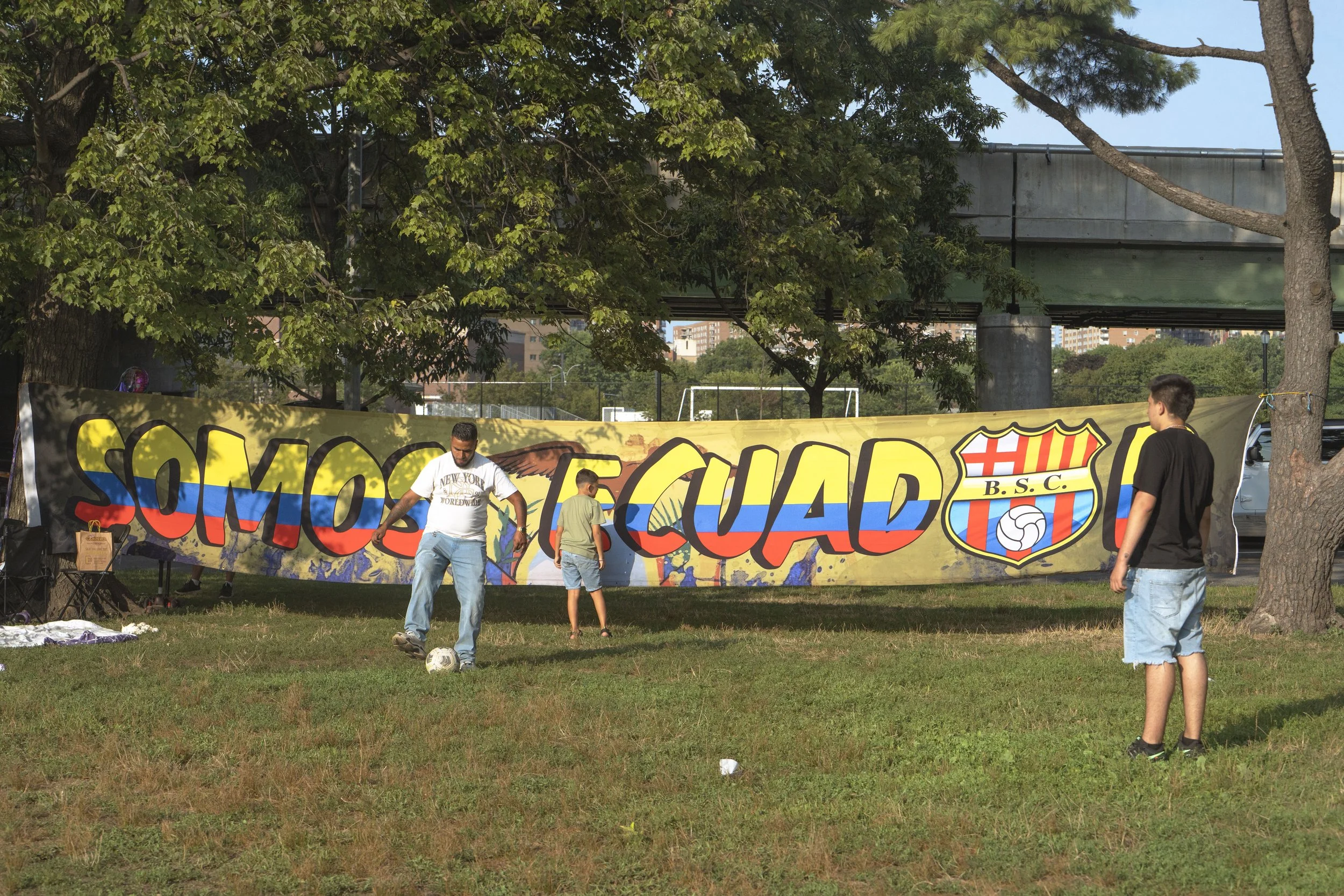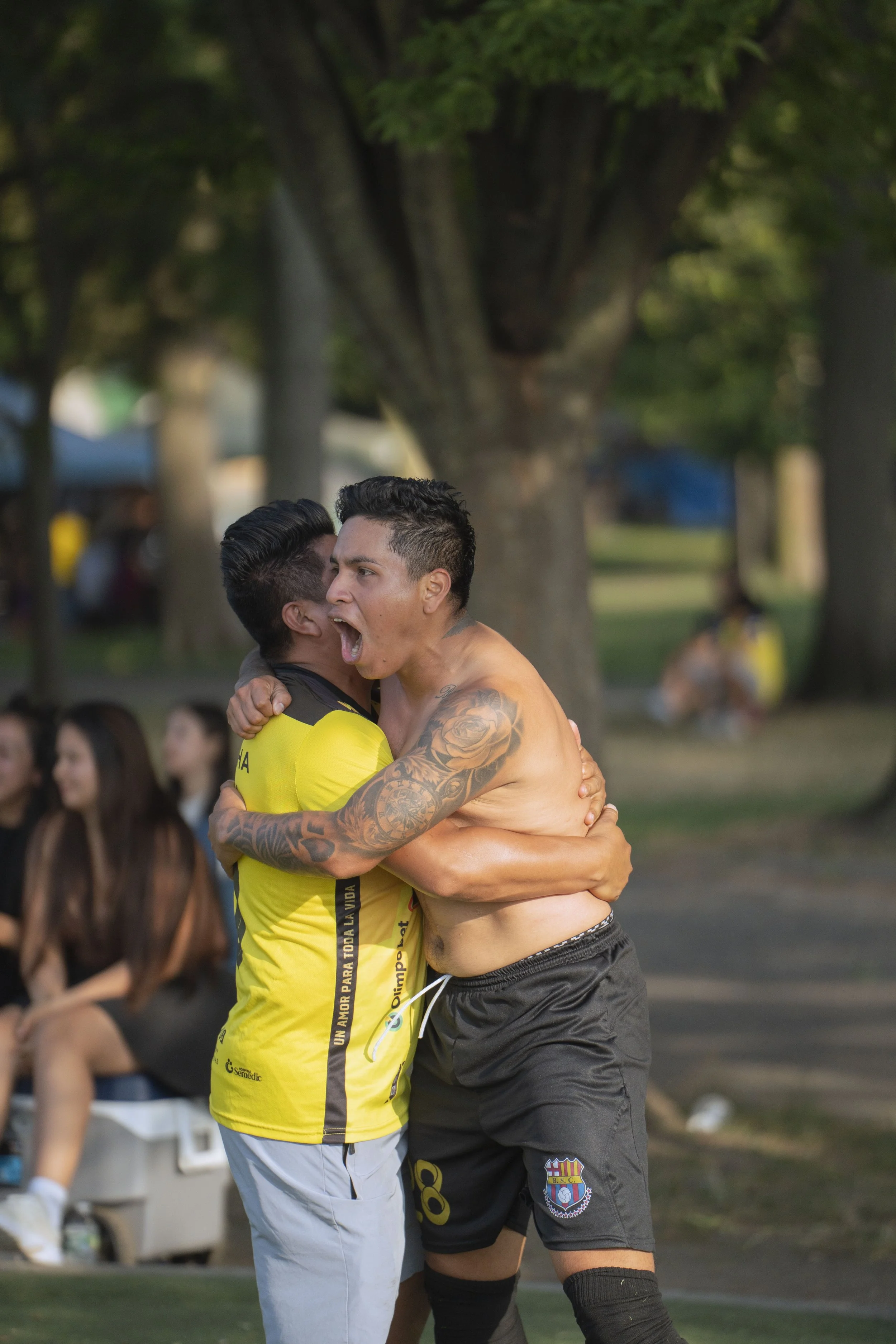From World’s Fair to World’s Game: Fútbol in Flushing Meadows Park.
A snapshot of Queens’ vibrant soccer culture, where global communities gather around the Unisphere to celebrate the game.
By: Noah Weinbaum
Teams from Ecuador, Mexico, Colombia, and beyond gather on the fields of Flushing Meadows every weekend, turning the park into a patchwork of color, energy, and sound. Players in custom bright jerseys chase the ball across uneven fields, weaving between makeshift goals and calling out to one another mostly in Spanish, K’iche’, and other indigenous languages spoken throughout Latin America. Some teams have been playing together for over 50 years. Others are newcomers, recent arrivals to Queens discovering both the game and a sense of belonging through each touch, sprint, and goal.
Amid the whistles and cheers, moments of camaraderie emerge: a high-five after a daring run, a quiet word of encouragement, laughter spilling from the sidelines. But don’t get it twisted, the games can get intense. Fights break out, and albitros sometimes get slapped in the face for “bad” calls. Every match carries layers of pride and identity. A chance to honor heritage, represent a neighborhood, or simply enjoy the game. Here, soccer is about more than just camaraderie, it’s fiercely competitive. Many teams and spectators bet on the outcomes, and every match carries real stakes, adding intensity to the game. Winning is a source of pride, honor, and sometimes cash, while still offering a space for connection and celebration. It’s a social thread that knits together diverse communities under the shadow of the Unisphere, turning Flushing Meadows into both a proving ground and a temporary home for the world’s game.
The sidelines tell their own stories, alive with laughter, shouts, and the smell of home-cooked food. Children dart after stray balls, squealing with delight as parents call out encouragement from blankets, folding chairs, or the backs of pickup trucks. Grandparents watch quietly, nodding along, while siblings tag along, balancing juice boxes and soccer gear.
Families picnic along the edges of the fields, sharing homemade snacks — empanadas, tamales, pupusas — the aromas mingling with the scent of freshly cut grass. Fathers shout instructions as their children weave through defenders, mothers cheer wildly after a well-placed goal, and neighbors swap stories in a mix of Spanish, K’iche’, and other languages spoken across Latin America and the Caribbean.
Soccer here is as much about family as it is about sport. Every match is a gathering, a reunion, and a weekly ritual that brings generations together. In these moments, Flushing Meadows becomes more than a park: it’s a living, breathing stage for community, culture, and the joy of play.
On the edges of the fields, the air shifts. Thick with the smell of sizzling meat and fried masa. Food vendors line the pathways, their carts and makeshift stands often built from baby strollers rolling past the sidelines. They sell the tastes of home: pupusas, grilled meats, micheladas, and an array of beers. Chocobananos, icy helados in neon colors, cups of cevichocho piled high with lime and onions, grilled corn brushed with butter and cheese, and tall plastic bags filled with fresh fruit or tamarind juice.
Many of these vendors have been coming to Flushing Meadows for years: setting up before sunrise, ready by the time the first matches begin, and staying until the final whistle. Their voices carry across the park, calling out specials, greeting familiar faces, laughing with players who stop by between games. These stands are more than businesses; they’re gathering points where memories and recipes travel across generations.
For players and families alike, the food is part of the ritual. It’s a reminder of places left behind and the shared culture that flourishes here every weekend. Under the Unisphere, the park transforms into a living marketplace, a small corner of Latin America thriving in Queens, sustained by the rhythms of the game and the flavors of home.
For a few hours every Sunday, Queens becomes a World Cup…
Beneath the Unisphere, the world’s game thrives. On any given weekend, the wide lawns of Flushing Meadows–Corona Park turn into a patchwork of goals, flags, and families. The skyline of Queens glows in the distance while the elevated 7 train hums faintly beyond the trees. A reminder that the city’s energy is never far away.
This park, once the site of the 1964 World’s Fair, still carries that same spirit of global connection. Today, instead of exhibitions and pavilions, it hosts dozens of pickup games — Ecuador vs. Mexico, Colombia vs. Honduras — where the competition is fierce, but the sense of community runs deeper.
As the sun dips low, the fields take on a golden haze. Players keep going even as daylight fades, chasing one last goal before packing up cones and coolers. The air fills with music from nearby speakers, laughter, and the soft thud of soccer balls long after sunset.
Flushing Meadows has become more than just a park, it’s a living map of Queens itself. A place where migration, memory, and sport converge under the shadow of the Unisphere, creating a world within a world.




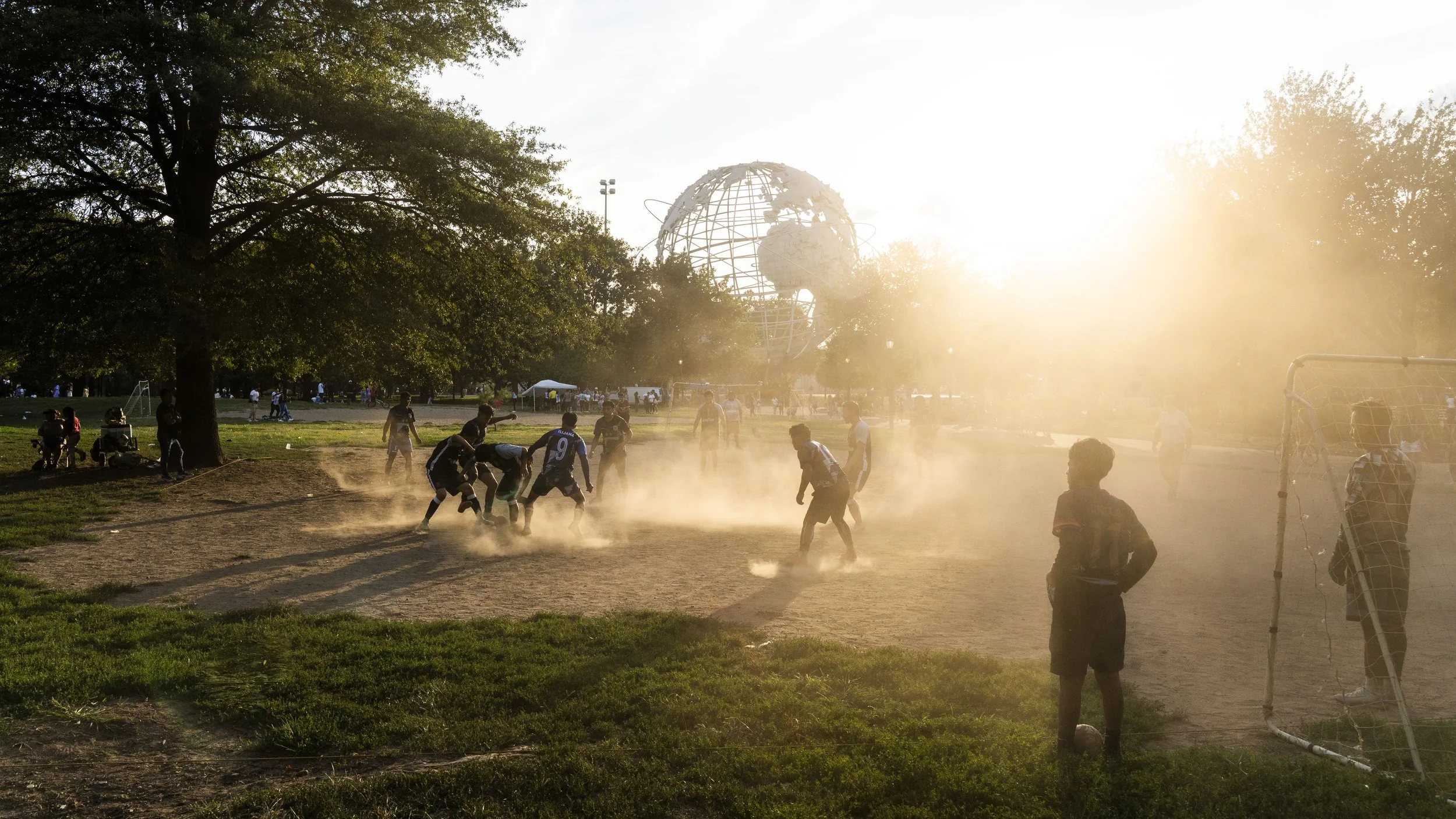

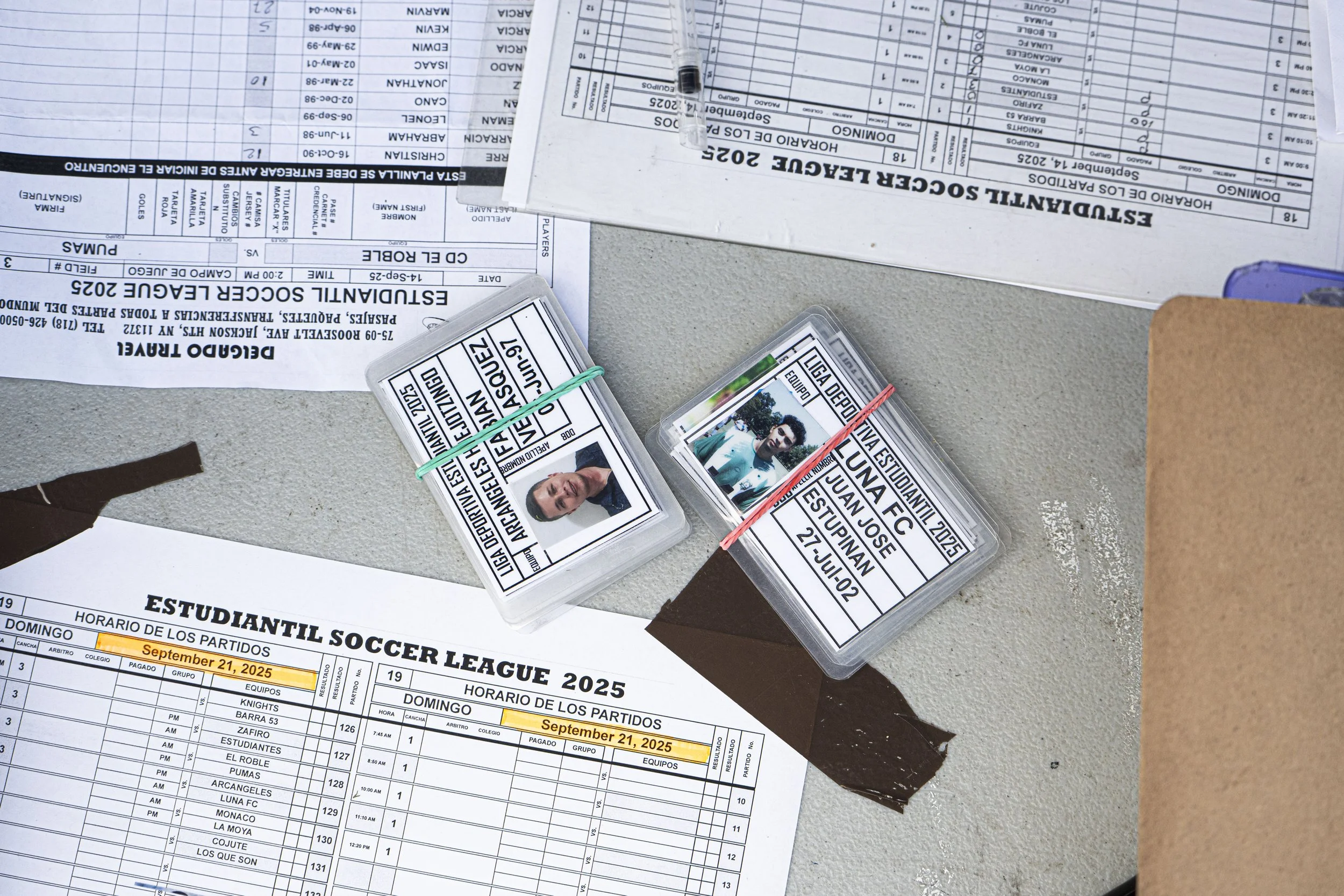
Liga Estudiantil, has been playing here since the 1950s. Long before the Unisphere cast its shadow.



